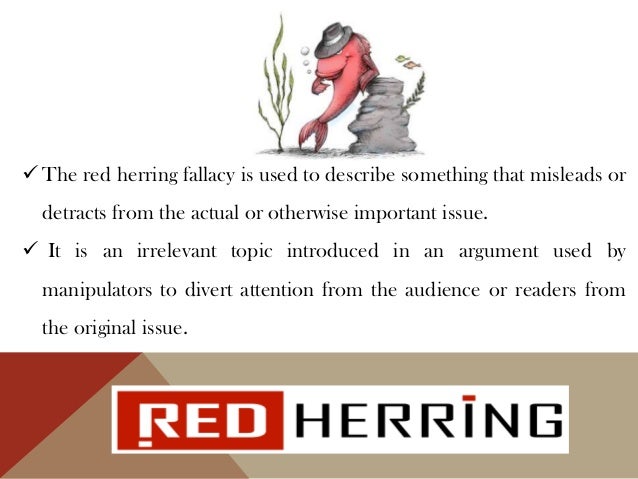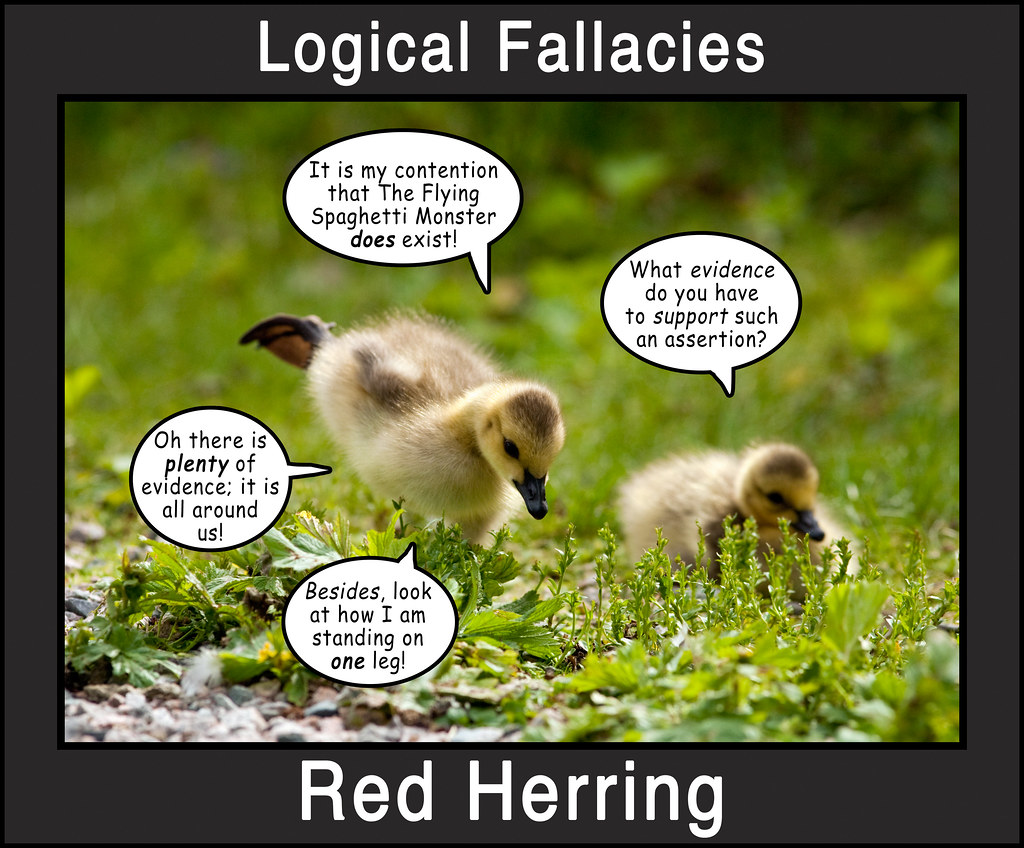
No! I treated The New Testament documents as I would any other set of ancient documents as purely human fabrications that claim to be able to tell us about something that happened a long time ago. I didn’t presuppose that The New Testament was divinely inspired when making my case.

Moreover, I arrived at those facts by employing the historian’s criterion of authenticity.

Look, the historicity of the 3 aforementioned events has absolutely no baring on whether Jesus rose from the dead! The 5 facts of (1) Jesus’ death byĬrucifixion, (2) Jesus’ tomb was empty the following Sunday morning, (3) Jesus’ disciples strongly believed they saw Him alive shortly after His death, (4) James, the brother of Jesus and hardened skeptic of Christianity, converted on the basis of what he perceived as the risen Jesus appearing to him, and (5) the church persecutor Saul Of Tarsus converted to Christianity on the basis of what he perceived as an appearance of the risen Christ. He brought all 3 of these objections up in a single Twitlonger post and guess what? I fell for it! And I’ve been kicking myself over it ever since. I had presented The Minimal Facts Case For Jesus’ Resurrection, and instead of dealing with my argument that only the Resurrection hypothesis could explain all 5 facts, he quickly turned to disputing the historicity of the slaughter of the babies in Bethlehem by King Herod, and the legitimacy of the star that guided the wise men to the baby Jesus, and the historical plausibility of the census that Luke records. The topic was the historicity of Jesus’ resurrection. One example of this fallacy happened to me a while back when I debated an atheist on Twitter (Twitlonger to be precise). The origin of the name of this logical fallacy comes from when people would use kippered red herrings to train hounds to follow a scent, or to divert them from the correct route when hunting. If Person A falls for the red herring, he’ll try to refute argument Y instead of drawing attention back to argument X and forcing his opponent to deal with it. Usually this happens when Person A gives argument X and Person B, instead of giving a rebuttal to argument A, brings up Argument Y instead. This time, I’ll be talking about…Ī red herring is something that misleads or distracts from a relevant or important issue. Last time, we looked at The Genetic Fallacy. This is because of something within the content of the argument itself. Even if a syllogism is logically valid (i.e it doesn’t break any of the rules of logic) and even if all of the premises are true, you still can’t infer the conclusion. In part 1, is when the content of the argument is fallacious. Once we’ve gone through the informal fallacies, I’ll move on to talking about formal fallacies. For the few posts in this series, I’ll be talking about what informal fallacies look like.

However, we won’t be examining any formal fallacies until later.

In part 1 of this series, I gave an example of what a formally fallacious argument looks like. A formal fallacy is committed when the syllogism doesn’t follow one of the rules of logic (e.g modus ponens, modus tollens, hypothetical syllogism, etc.) and as a result of not obeying the rules of logic, the conclusion cannot be inferred even if the premises of the syllogism are all true. Formal fallacies, as the name suggests, is when a fallacy is made in the form of an argument. Logical fallacies can come in two forms formal and informal. Just as someone can stumble on occasions while walking, so one can stumble on occasions when thinking. A logical fallacy is a mistake in reasoning.
RED HERRING LOGICAL FALLACY SERIES
This is part 5 of my series on logical fallacies.


 0 kommentar(er)
0 kommentar(er)
